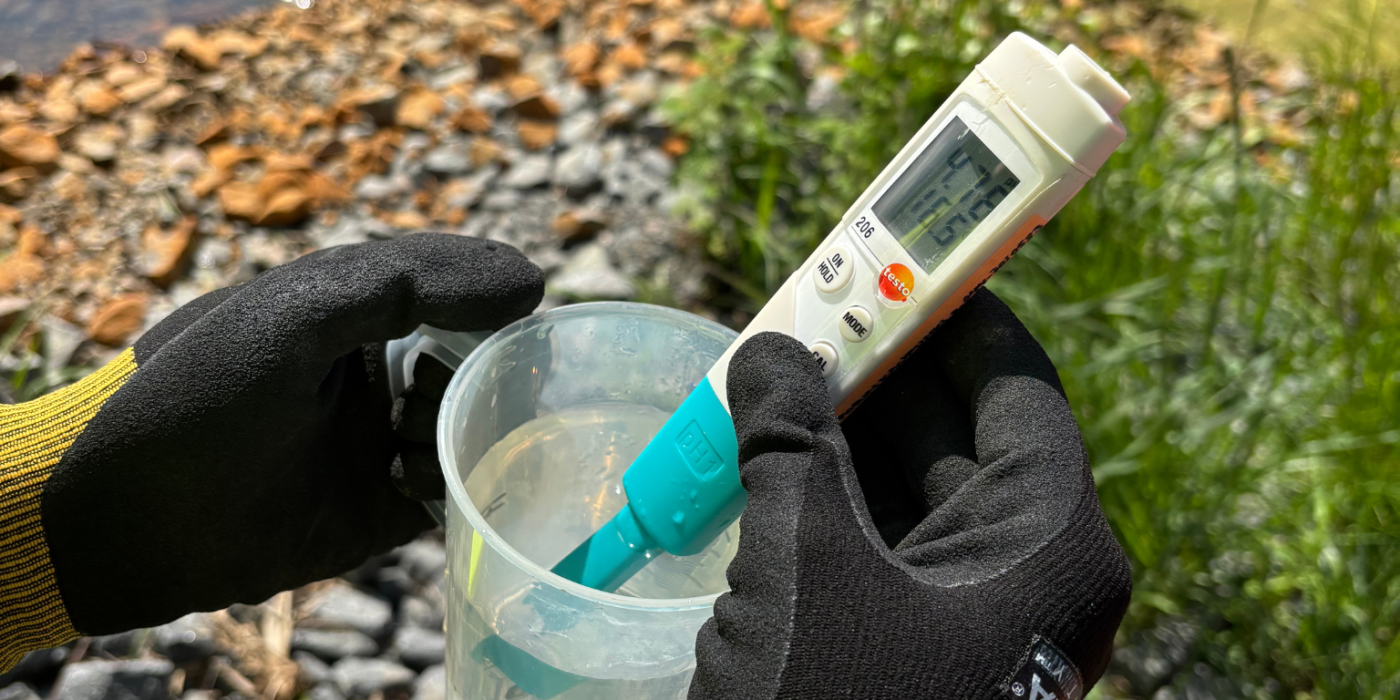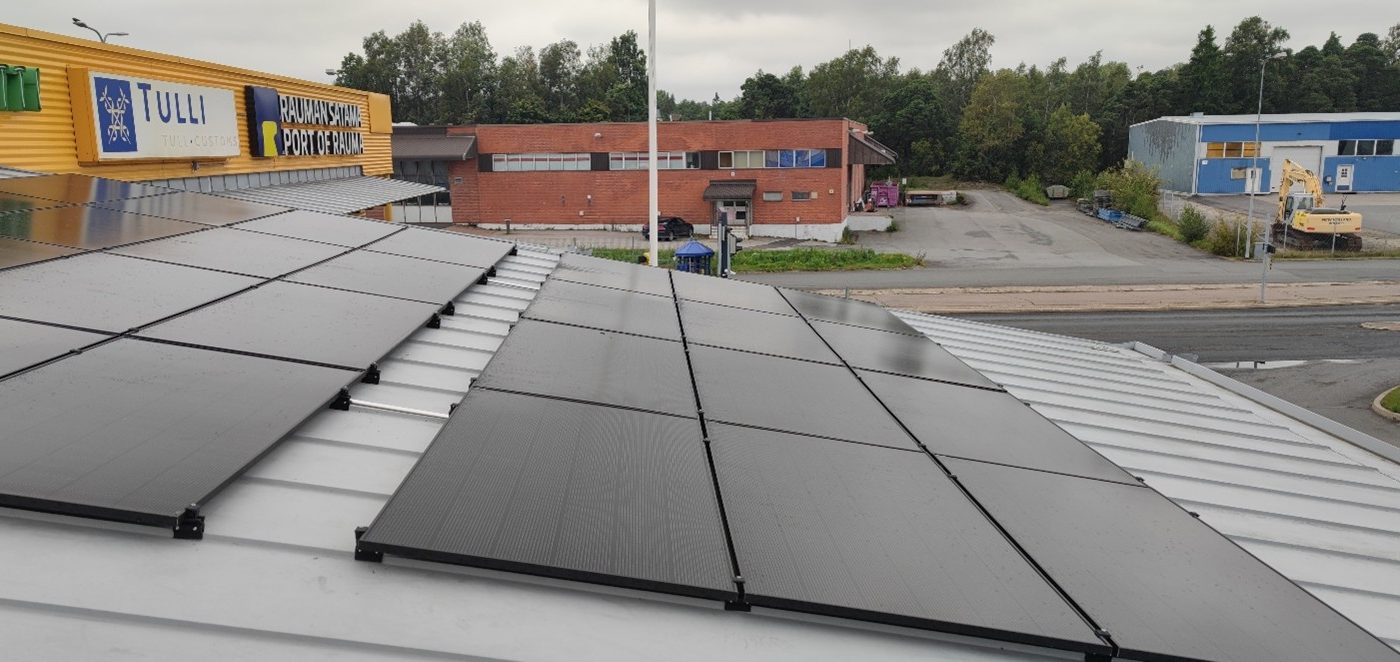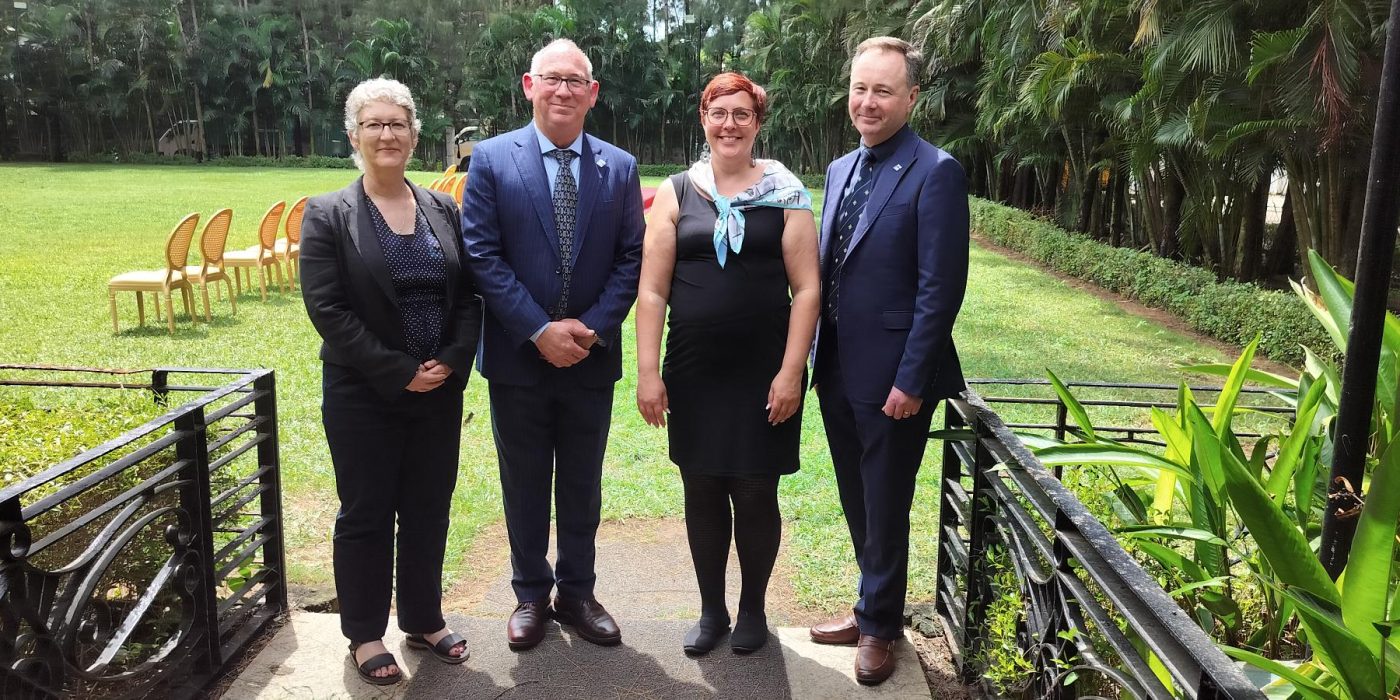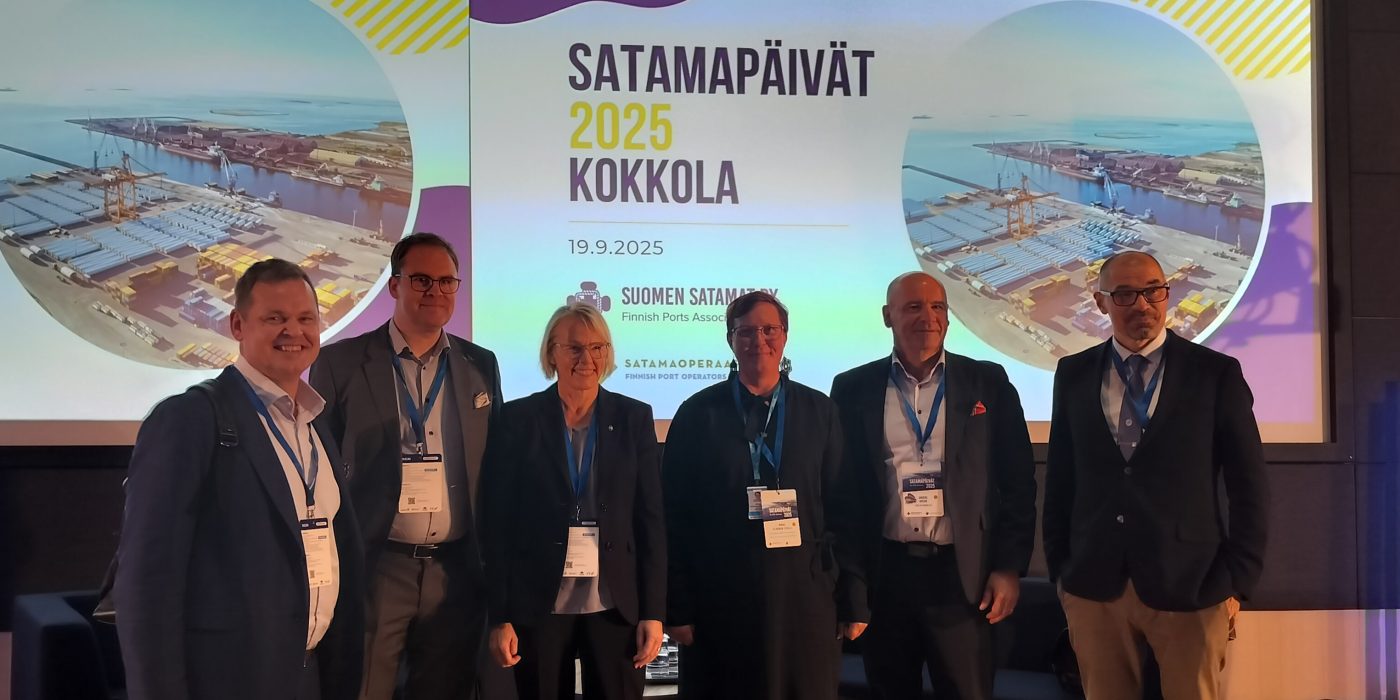We research: Ports towards concrete emission reductions and energy efficiency
The Sustainable Flow project is moving quickly towards concrete results. While just over a year ago the focus was still on mapping the baseline situation and planning for solar power and a digital tool, now the emphasis is increasingly on practical measures and measuring their impacts.
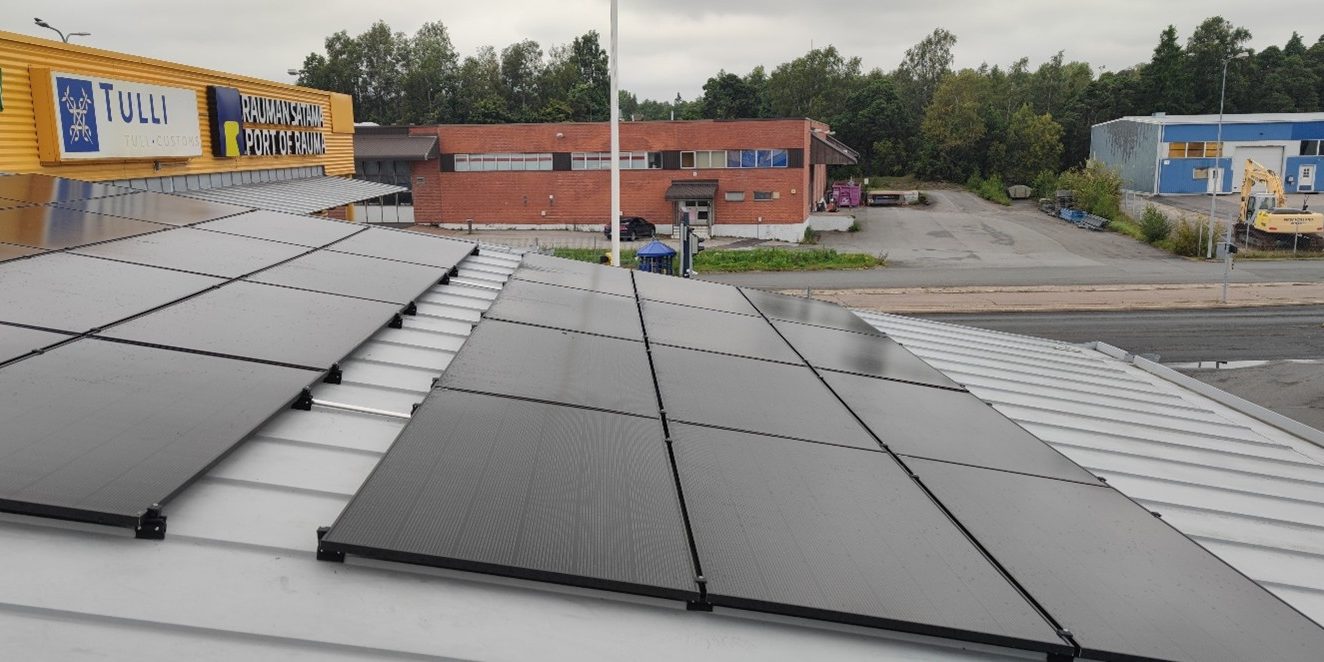
Solar panels in ports – visible investments
The most visible part of the project is the installation and commissioning of solar panels in pilot ports, and now the practical actions are already producing the first measurable results. In Rauma, the panels have been taken into use, and the focus there is already on yield measurements and analysis of the collected data. The results provide valuable insights into the benefits of solar energy in the port environment. In the Port of Pori, installations have been underway during September, and once completed, data collection will begin there as well. The Port of Mariehamn was the first to start and complete its solar panel project. The experiences from Mariehamn have been very useful in planning and carrying out solar panel projects in other ports.
The measurements also make it possible to compare the effects of different types of panels and installation methods. In Rauma, the panels are installed horizontally on the office roof, in Pori movable solar tracker panels are used, and in Mariehamn the panels are placed vertically on the wall of an elevator shaft. The impact of different panel types and installation methods on energy production is one of the aspects the project can examine.
Visible results are now beginning to emerge as solar panel installations and yield measurements are underway, and the project is advancing in great strides towards completion. At the same time, the development of the digital tool has progressed to commissioning the MVP stage in the ports. In the future, the tool will be used to monitor and optimize ports’ energy use and reduce unnecessary energy consumption. Together with the panel yields and measurement results, it can create a strong foundation for the green transition, supporting sustainable maritime logistics both nationally and internationally.


